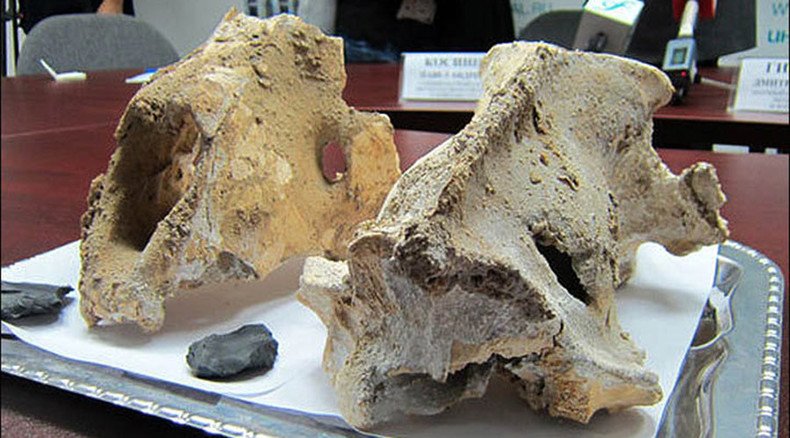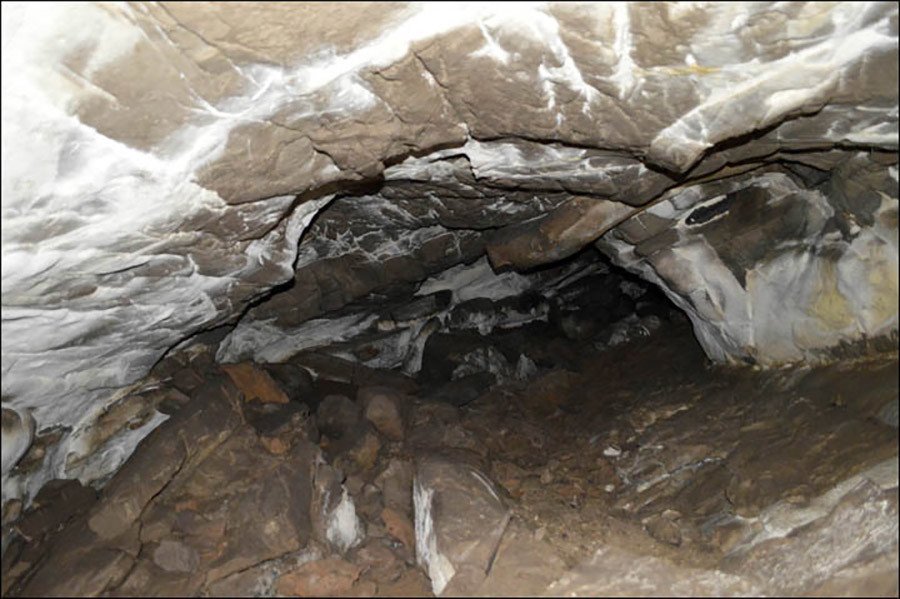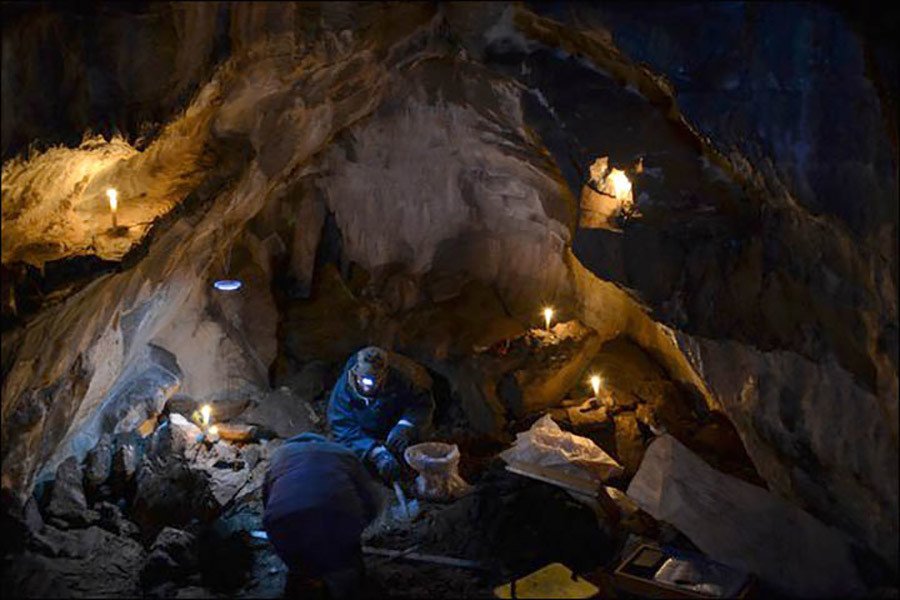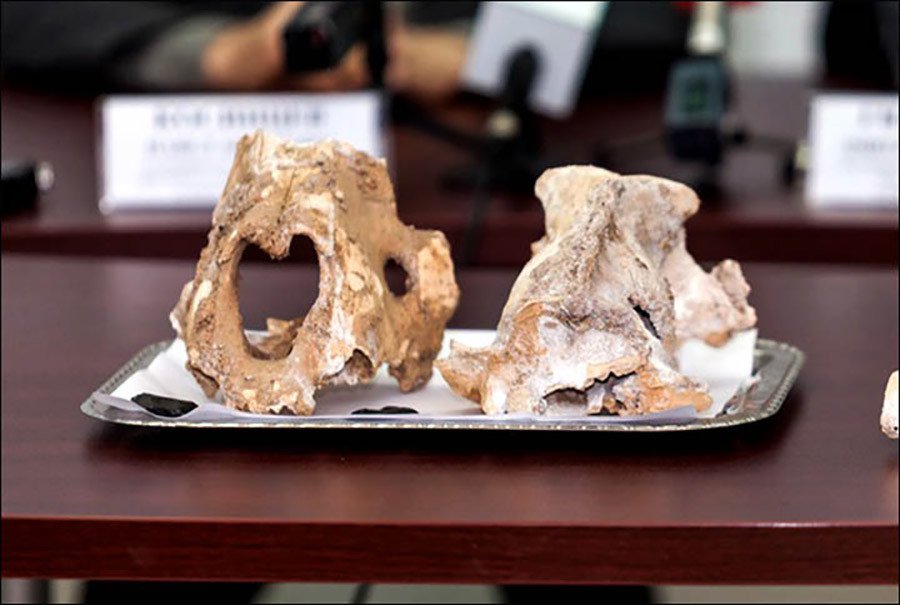Hoard of ancient lion bones found in Urals cave said to be ‘unique’

Archeologists have come across what are believed to be giant cave lion bones dating up to 60,000 years old. The site may have been used for religious rites by ancient peoples, which would explain the enormous size of the rare haul.
The extraordinary discovery was made by a team of scientists from the Urals Branch of the Russian Academy of Science in the Imanai cave in the Republic of Bashkortostan located between the Volga River and the Ural Mountains.
“We found about 500 bones and fragments of bones of the giant cave lion. But there could be more, after we finish with sorting the collection,” senior researcher Pavel Kosintsev said, as cited by The Siberian Times.
“Such a large quantity of giant cave lion bones at one site is really unique, the only one in the world so far discovered.”

He believes the bones could have belonged to five or six ancient lions.
“Surprisingly, the bones were found in the depths of the cave, about 100 meters from the entrance,” Kosintsev said. “Usually lions did not go so deep into the caves, it is not typical for them.”
The cave lions lived in Europe from 370,000 to 12,000 years ago. They are said to have been around 25 per cent larger than modern lions with longer legs, standing about 3 feet (one meter) tall.

Apart from lions, the scientists discovered cave bear skulls as well as spearheads. No indication of a sustained presence by pre-historic people in the cave has been detected.
“If ancient people lived in this cave, they should have left the traces of making the spearheads, and bones of the animals which people ate. Here we see only the spearheads and it is further evidence in favor of the sanctuary hypothesis. People did not live here, they used this place for some other purposes, most likely, as a sanctuary.”
READ MORE: 'Alien in Chelyabinsk': 2,000-yo skeleton with cone head dug up at Russian Stonehenge
Similar caves have been found in the Czech Republic and Austria, which scientists say gives them material for comparison. The site could turn out to be the most ancient sanctuary yet found in the world. The dating will be conducted by the Herzen State Pedagogical University in Saint Petersburg.
The specimens found in the upper layers of the cave floor are estimated to be approximately 30,000 years old.

READ MORE: Child mummy wrapped-in-fur & with ax unearthed in Russia’s Far North
Researchers hope the cave has even more surprises in store. The archaeological dig is likely to take two or three more years.
“We plan to continue the excavations next year, but the amount of finds we made this year is very large. There are about 20 sacks with ground and small fragments, and about 20 to 25 boxes with bones. We need to examine all this and I think that some significant updates may appear as soon as this year,” Kosintsev said.












